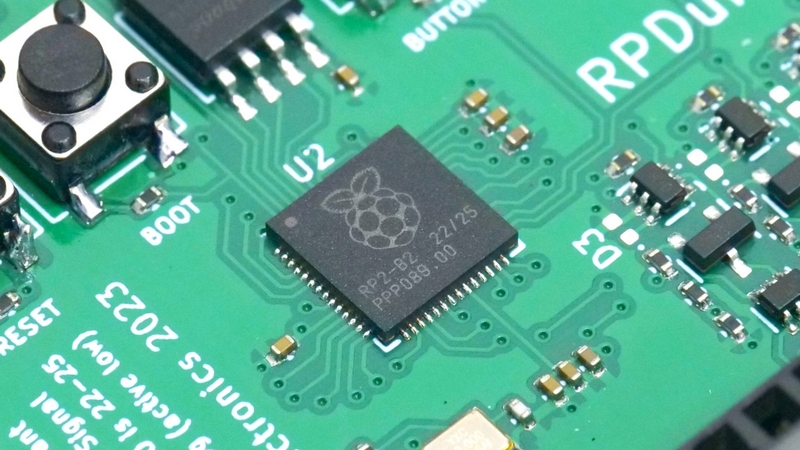
The Raspberry Pi RP2350 microcontroller introduced advanced security features like antifuse-based OTP memory, ARM TrustZone integration, and a custom Redundancy Coprocessor (RCP), but it still proved vulnerable to exploitation. At DEF CON, Raspberry Pi’s hacking challenge revealed at least one critical flaw, demonstrating the complexity and risks in modern hardware security. In this talk, Aedan Cullen unpacks the process of identifying and exploiting this vulnerability, shedding light on the challenges of balancing innovative design with thorough testing. How did foundational design choices contribute to the RP2350’s vulnerability? What critical lessons can developers learn from this exploit? How can future microcontroller designs better integrate security with reliability?
Top Stories This Week
- Raspberry Pi RP2350 Hacked – What Does This Mean For Security
- Nvidia Announces $3,000 Personal AI Supercomputer Called Digits
- TSMC’s Price Hikes Send Apple A-series Wafer Costs Soaring To US$18,000 Per Wafer
- TSMC’s Wafer Manufacturing 2.0 Reshapes Advanced Packaging Market
- China’s Export Ban To Push Antimony Prices To New Highs
- Chiplet Technology: Unlocking New Potential In Semiconductor Industry
- When Will AIoT Outsmart Humans, And How Will We Know?
- Could AI Help Predict The Next Pandemic?
- Thin, Fast, And Powerful: MIT’s “Stacked” 3D Chips Shatter Industry Constraints
- New Coating Extends Lifespan Of Neural Implants In The Body
- China Aims To Deliver Open Source Chip This Year
Hardware Business News
Nvidia Announces $3,000 Personal AI Supercomputer Called Digits
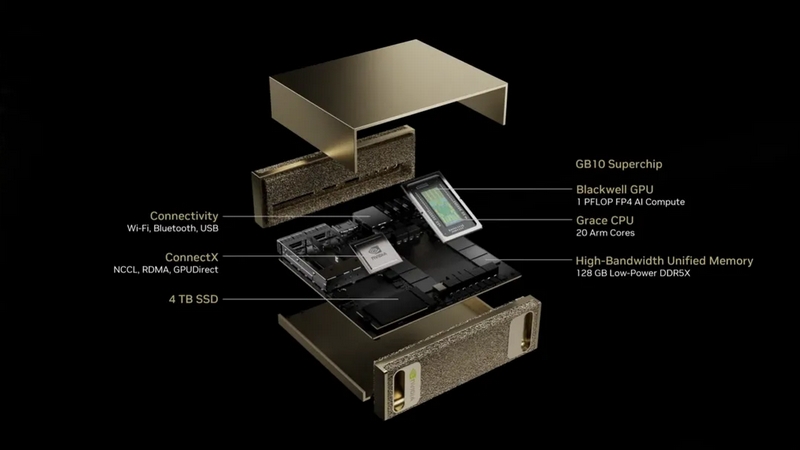
Nvidia has unveiled Project Digits, a $3,000 personal AI supercomputer set to launch in May, designed to bring unprecedented computing power to the desktops of developers, researchers, and students. Powered by the new GB10 Grace Blackwell Superchip, Digits can handle AI models with up to 200 billion parameters while maintaining a compact, energy-efficient design. How might Project Digits change the landscape for AI researchers and developers? What implications does its compact and affordable design have for mainstream AI adoption? How does the collaboration with MediaTek contribute to the system’s power efficiency and performance?
TSMC’s Price Hikes Send Apple A-series Wafer Costs Soaring To US$18,000 Per Wafer
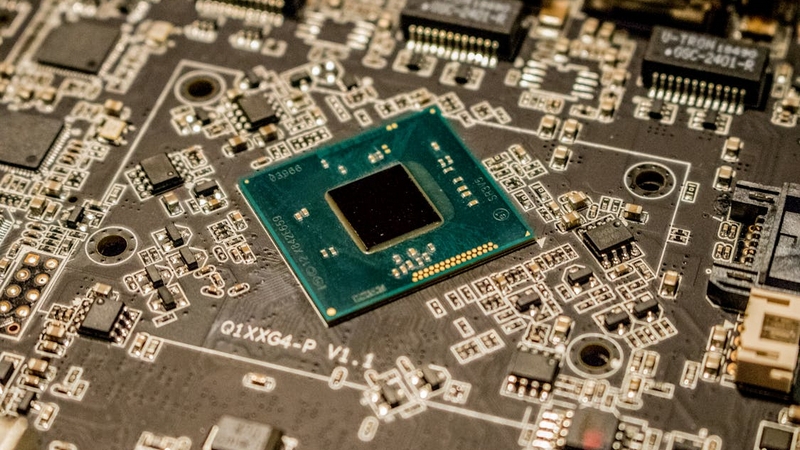
Apple’s A-series processors have seen remarkable evolution from the A7 in 2013 to the A18 Pro in 2024, with a significant increase in both transistor count and manufacturing costs. As transistor density increases, the cost per wafer for advanced nodes, such as the 3nm A17 and A18 chips, has skyrocketed from $5,000 to $18,000, reflecting a 300% price increase. Despite the slowing rate of transistor density growth, the complexity of new manufacturing processes and high R&D costs have contributed to sharp rises in production expenses. What impact will the rising costs of advanced process technology have on Apple’s pricing strategy for future devices? How might TSMC’s price adjustments affect competition among semiconductor companies? What challenges might TSMC face with its 2nm process capacity in meeting demand from major customers like Apple, Nvidia, and Qualcomm?
TSMC’s Wafer Manufacturing 2.0 Reshapes Advanced Packaging Market
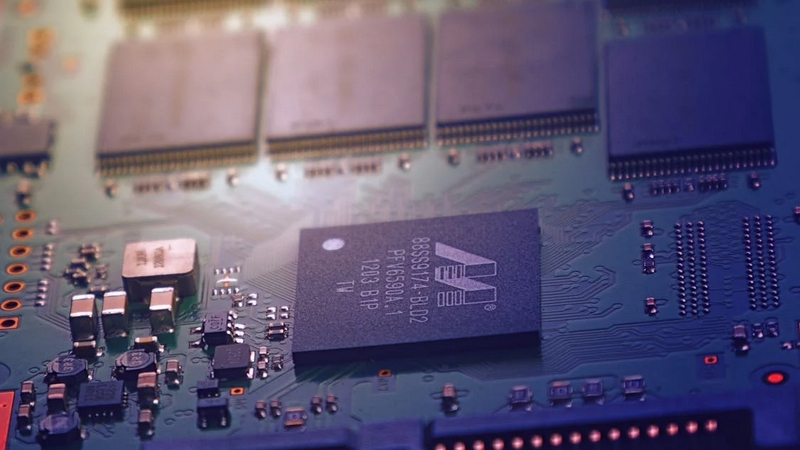
In July 2024, TSMC launched “Wafer Manufacturing 2.0,” marking a significant shift in the advanced packaging industry by integrating packaging, testing, and photomask production into its offerings. This move challenges the traditional roles of OSAT (outsourced semiconductor assembly and test) firms and reshapes the competitive landscape as wafer foundries like TSMC, Samsung, and Intel expand into packaging. As advanced packaging technologies such as 2.5D/3D packaging gain traction, Chinese manufacturers like JCET and Tongfu Microelectronics are ramping up investments to compete with global leaders. How will TSMC’s integration of packaging and testing affect the traditional roles of OSAT providers? What challenges will traditional OSAT companies face as wafer foundries expand into advanced packaging? How might the rise of Chinese manufacturers in advanced packaging influence the global market?
China’s Export Ban To Push Antimony Prices To New Highs

Following China’s export ban on critical minerals like gallium, germanium, and antimony, prices of antimony have surged to record levels, currently trading between $39,500-40,000 per metric ton. The 250% increase in prices in 2024 reflects the growing trade tensions and a global supply shortage, with traders predicting prices could climb even higher. China, which produced nearly 50% of the global supply of antimony in 2024, is consolidating mineral production internally, leaving the U.S. and other buyers scrambling to diversify their supply chains. As the U.S. seeks alternative sources, the potential for further export bans by China on other critical minerals looms large What impact will China’s export bans have on the U.S. supply of antimony and other critical minerals? How might the growing reliance on non-Chinese suppliers affect global pricing and market dynamics? What minerals could be targeted next by China in its strategy to consolidate mineral production internally?
Hardware Engineering News
Chiplet Technology: Unlocking New Potential In Semiconductor Industry
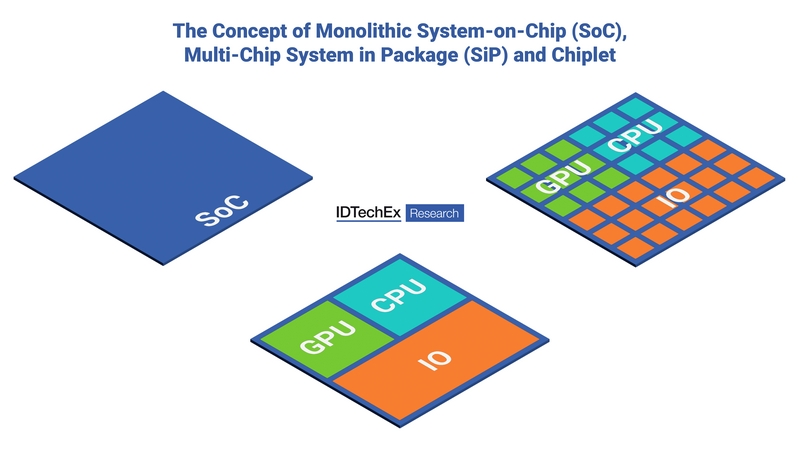
Chiplet technology is transforming the semiconductor industry by offering a modular, flexible approach to chip design that addresses many of the limitations of traditional monolithic SoC designs. By allowing manufacturers to integrate specialized components, chiplets reduce development costs, accelerate time-to-market, and enable high-performance systems with lower defect rates. The modularity of chiplets also enhances supply chain security, as manufacturers can source components from multiple suppliers, mitigating risks associated with geopolitical tensions. How will chiplet technology impact the future design of high-performance computing systems? What benefits does chiplet technology offer for supply chain security in the semiconductor industry? How will chiplet adoption influence collaboration among companies in the semiconductor ecosystem?
When Will AIoT Outsmart Humans, And How Will We Know?
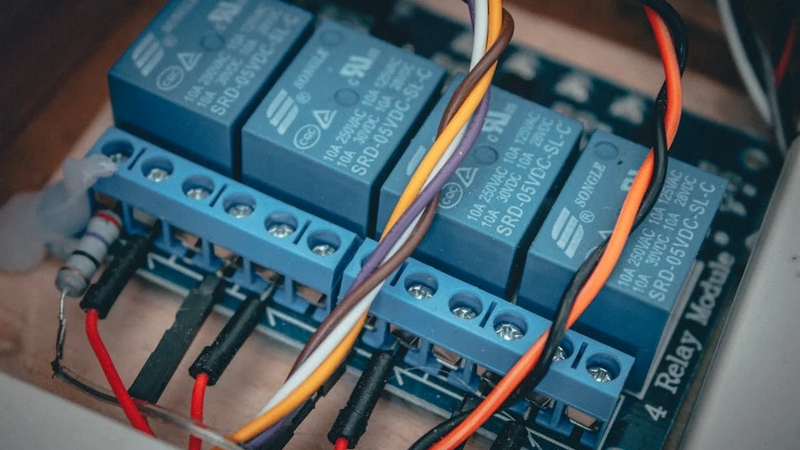
AI and the Internet of Things (IoT) are rapidly advancing, with the potential to revolutionize sectors like predictive and prescriptive maintenance. However, the growing reliance on AI-driven systems raises questions about how much trust we should place in these technologies, particularly when it comes to critical decisions in industries like manufacturing. For example, the “butterfly effect” in AI highlights the unpredictable impact of seemingly small changes in data, which could lead to significant consequences that humans may not immediately recognize. As AI systems suggest actions, such as maintenance shutdowns, will human operators be willing to follow through, or will they prioritize traditional decision-making processes? At what point should human operators trust AI’s recommendations over their own judgment? How can industries balance the benefits of AI with the need for human oversight? What steps can be taken to ensure that AI systems continue to evolve and adapt effectively?
Could AI Help Predict The Next Pandemic?

The recent COVID-19 pandemic highlighted the need for effective tools to predict and control the spread of infectious diseases, and AI is emerging as a crucial tool in this effort. AI has already proven useful in outbreak detection, virus tracking, and resource management, and it could play a key role in preventing future pandemics. However, challenges such as data privacy and prediction accuracy remain. Can AI help predict and prepare for new viral strains? How can AI improve disease surveillance during crises? What limitations of AI need to be addressed in pandemic preparedness?
Hardware R&D News
Thin, Fast, And Powerful: MIT’s “Stacked” 3D Chips Shatter Industry Constraints
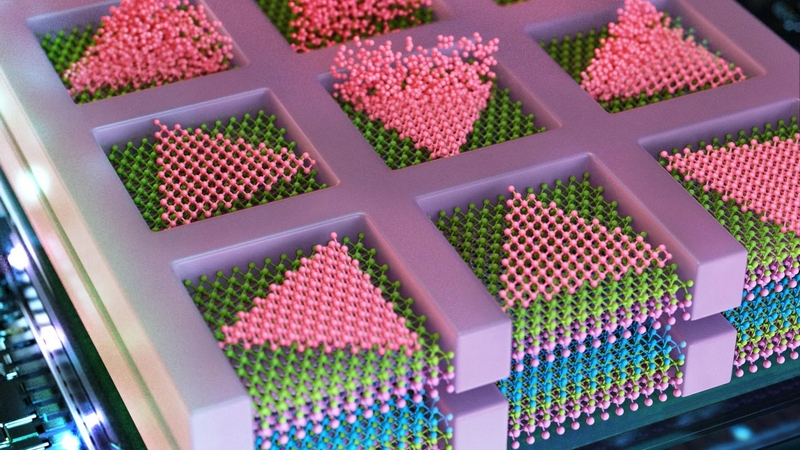
MIT engineers have developed a groundbreaking method to stack semiconducting materials directly on top of each other, overcoming the limitations of traditional chip manufacturing. By eliminating the need for bulky silicon wafers, this technique allows for faster communication between stacked layers, potentially transforming AI hardware and memory storage. This innovation could lead to more powerful, efficient chips with applications in AI, logic, and memory, all while maintaining low temperatures to preserve the integrity of underlying circuits. How can this new stacking technique revolutionize AI hardware? What challenges remain in scaling this technology? Could this method enable more efficient data storage and computation in future devices?
New Coating Extends Lifespan Of Neural Implants In The Body
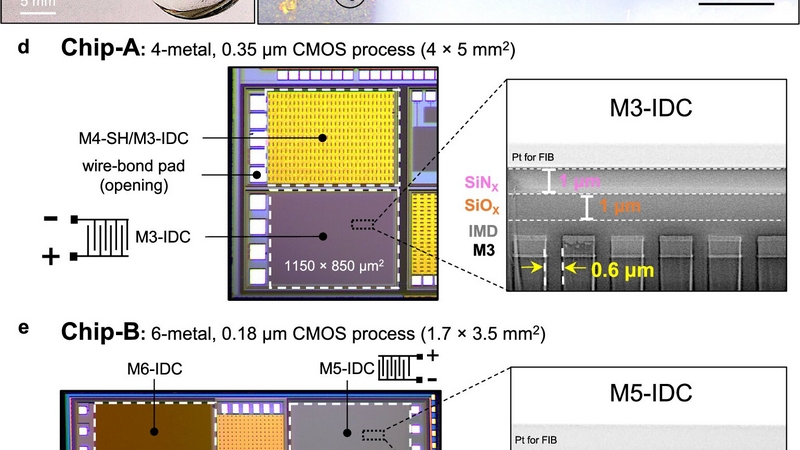
Researchers from Delft University of Technology have developed a coating that significantly extends the lifespan of silicon-based neural implants. By applying soft PDMS elastomers to protect chips from the corrosive environment inside the body, the study ensures these implants remain durable for long-term use in brain research and medical treatments. This innovation enhances the potential of bioelectronic devices, such as brain-computer interfaces, by increasing their reliability and functionality. How can this coating technology transform brain-computer interface devices? What challenges remain in ensuring the long-term reliability of neural implants? Could this innovation lead to breakthroughs in treating chronic neurological conditions?
Open-Source Hardware News
China Aims To Deliver Open Source Chip This Year
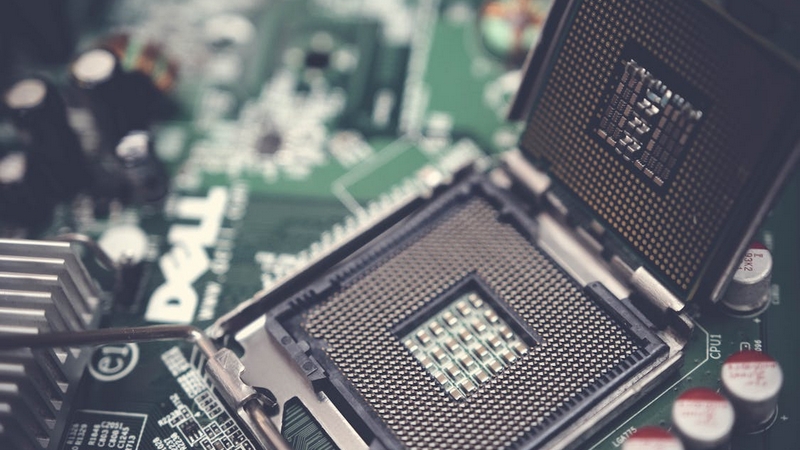
China is on track to release its high-performance, open-source XiangShan CPU based on the RISC-V standard by the end of this year, as part of efforts to reduce dependency on imported chips amid political tensions with the US. The Chinese Academy of Sciences (CAS) has been working on the project since 2019, investing heavily in RISC-V to create alternatives to established chip architectures like Intel’s x86 and ARM. How will the release of the XiangShan CPU impact global semiconductor markets? What role could RISC-V play in shaping the future of chip architectures? Could China’s efforts to develop its own high-performance chips alter the landscape of global trade tensions?


